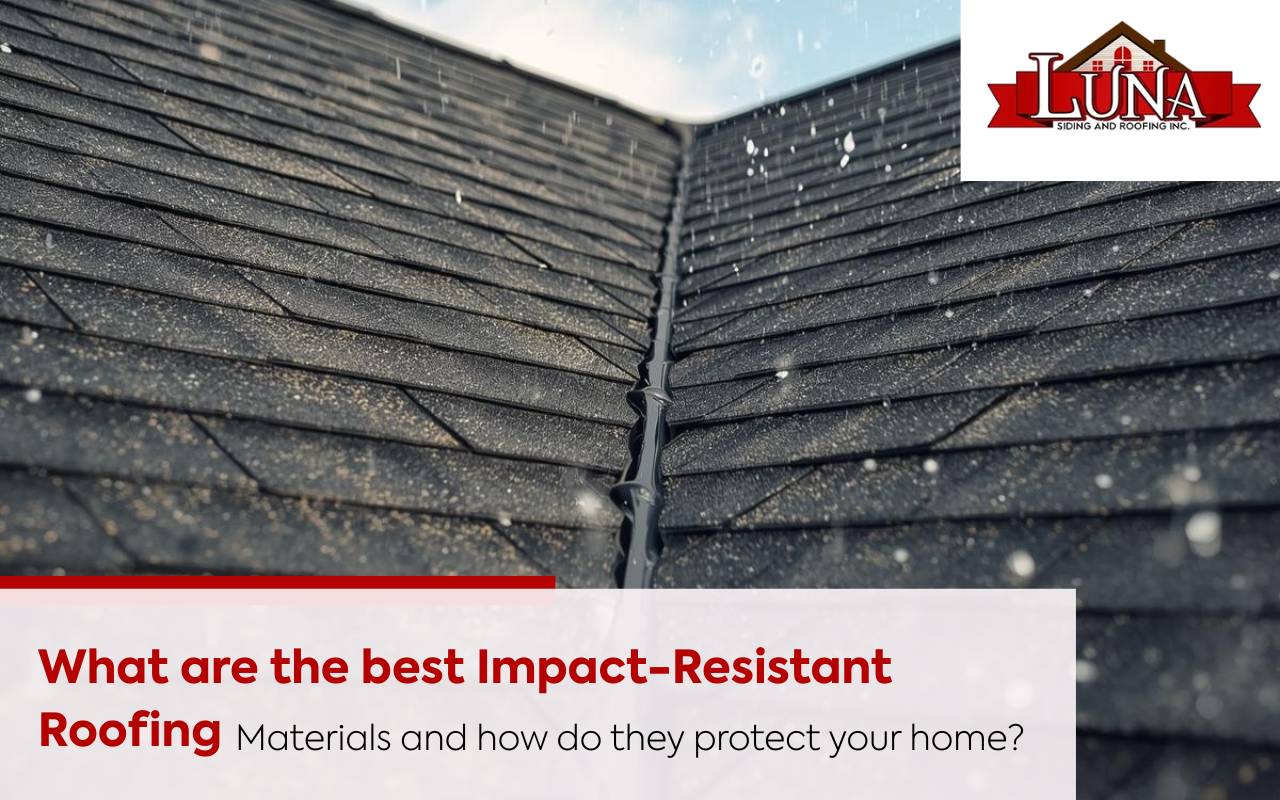
What are the best Impact-Resistant Roofing Materials and how do they protect your home?
Homeowners increasingly seek protection from hail, wind, and debris. This guide breaks down Impact-Resistant Roofing Materials so you can choose confidently, cut maintenance, and improve energy performance. You’ll learn what “Class 4” means, which materials excel, and how to evaluate warranties, installation, and ROI. Use this article to plan upgrades, reduce storm risk, and safeguard your home for the long haul.
What are the best Impact-Resistant Roofing Materials and how do they protect your home?
The best Impact-Resistant Roofing Materials combine a Class 4 hail rating, robust fastening, and durable substrates (metal, composite, tile, Class 4 asphalt). They absorb and disperse strike energy, resist punctures and cracks, and limit water intrusion around seams and penetrations. When correctly installed with sealed underlayments and flashing, they maintain roof integrity during severe weather and reduce costly interior damage.
Understanding the importance of impact resistance
Severe storms can turn shingles into weak points that invite leaks and mold. Choosing Impact-Resistant Roofing Materials adds a tested barrier against hail and wind-borne debris, elevating whole-home resilience. In high-risk regions, this upgrade supports structural longevity, preserves curb appeal, and aligns with insurer incentives—while offering year-round peace of mind.
Top benefits at a glance
- Damage reduction: Class 4 systems resist cracking, bruising, and punctures during hail and debris strikes.
- Lower lifetime costs: Fewer emergency repairs and extended service life reduce total cost of ownership.
- Energy performance: Cool finishes and reflective coatings lower attic heat gain and AC load.
- Insurance advantages: Many carriers offer premium credits for verified impact resistance.
- Stronger warranties: Enhanced product and workmanship coverage on qualifying assemblies.
Types of Impact-Resistant Roofing Materials
- Class 4 asphalt shingles: Reinforced mats and polymer-modified asphalt improve impact toughness.
- Metal (steel/aluminum): High strength-to-weight; may use impact-diffusing profiles or coatings.
- Composite/synthetic: Engineered blends mimic slate/cedar with lighter weight and Class 4 ratings.
- Concrete & clay tile: Mass helps disperse impact energy; needs proper underlayment/support.
- Slate (natural or engineered): Excellent durability; confirm structural capacity for heavier systems.
Comparing durability and lifespan
Class 4 asphalt often lasts 20–30 years with storm resilience. Quality metal systems can reach 40–70 years, resisting fractures but potentially denting under very large hail. Tiles commonly span decades with correct installation but can crack under extreme point loads. Engineered composites balance Class 4 impact resistance with low weight, simplifying retrofits.
Key factors when choosing
Match materials to local hail/wind history, building codes, roof pitch, and structural limits. Evaluate accessory components—ice/water membranes, starter strips, ridge/hip caps, and flashing details. Compare manufacturer testing (UL 2218), wind ratings, and workmanship provisions. Review your insurer’s documentation to confirm available premium credits.
Maintenance tips for longevity
- Schedule semiannual inspections and post-storm checkups to catch minor issues early.
- Keep gutters/valleys clear; trim overhanging limbs that can abrade surfaces during wind events.
- Use gentle cleaning methods; avoid high-pressure washing that can strip protective finishes.
Cost analysis: ROI of Impact-Resistant Roofing Materials
While upfront costs are higher, Impact-Resistant Roofing Materials cut emergency repairs, reduce claim frequency, and may earn insurance discounts—improving payback. Added buyer confidence can boost resale value. Consider total system pricing (tear-off, underlayment, accessories, ventilation) alongside energy savings from reflective finishes.
Frequently Asked Questions
1) What does a “Class 4” rating mean?
It’s the highest UL 2218 hail-impact rating, indicating shingles or panels resisted steel-ball impacts without cracking—useful shorthand when comparing Impact-Resistant Roofing Materials.
2) Will metal roofs dent?
Heavier-gauge panels, textured profiles, and impact-rated coatings minimize visible denting while preserving weather tightness.
3) Do insurers always discount premiums?
Not always. Ask your carrier which documentation they require (photos, invoices, UL 2218 proof) to apply credits to Impact-Resistant Roofing Materials.
4) Are composites eco-friendly?
Many use recycled content and are lighter than stone or tile, lowering structural demands while maintaining Class 4 impact performance.
5) How do warranties apply after a hailstorm?
Read exclusions carefully. Pair product coverage with a strong workmanship warranty and review this guide: Roofing Warranties: What to Know Before You Buy.
How to plan and install an impact-resistant roof
- Assess needs: Document storm history, roof pitch, ventilation, and structural limits.
- Shortlist systems: Compare Impact-Resistant Roofing Materials with UL 2218 Class 4 and appropriate wind ratings.
- Specify the assembly: Ice/water shield, synthetic underlayment, corrosion-resistant fasteners, sealed flashings.
- Select a contractor: Verify certifications, local code expertise, and workmanship warranty terms.
- Inspect & document: Photograph layers and details for warranty and insurance records.
- Maintain: Follow a seasonal care plan to protect finishes and sealants.
Need tailored guidance? Contact our roofing specialists for a site-specific recommendation.
References
- Why these states are helping people pay for stronger roofs — The Washington Post.
